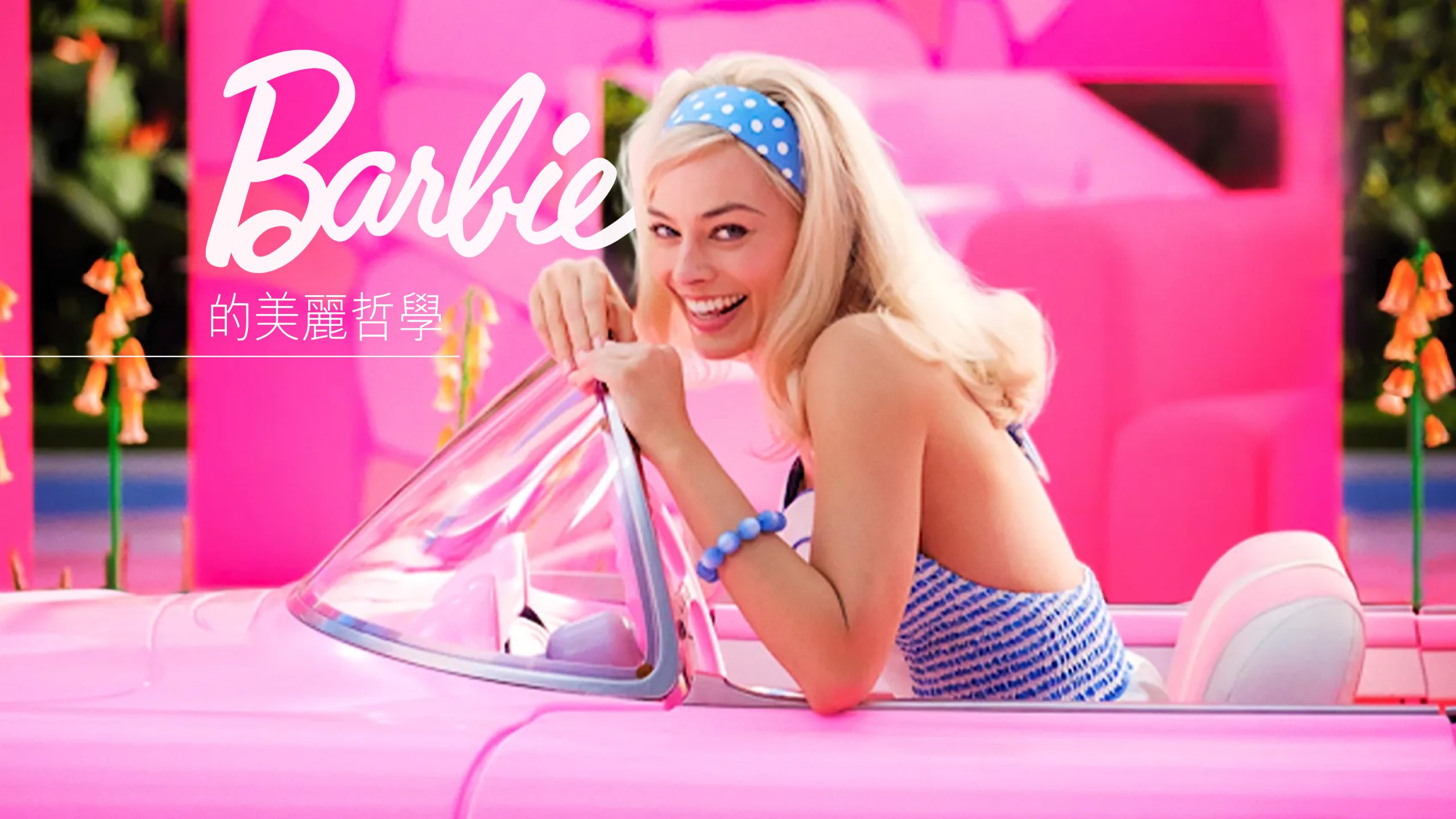The much-awaited live-action film Barbie is poised to dazzle audiences this July. The recently unveiled trailer, “2023: A Barbie Odyssey,” has sparked intense speculation about the plot, evoking a sense of playful curiosity and wonder.The film’s producers reveal that it promises a gripping story that revolves around Barbie’s journey of self-discovery and personal growth as a modern woman. Facing myriad challenges and obstacles along the way, she emerges triumphant, empowered, and inspired to pursue her true dreams and aspirations. It’s a narrative that exudes positivity and education, in stark contrast to the trailer’s initial impression.
As Barbie celebrates her 64th birthday this year, it’s astounding to see how this iconic figure has transcended time and stayed relevant in a constantly evolving world. Indeed, Barbie’s influence on pop culture is nothing short of phenomenal, her age-defying beauty and captivating charm continue to capture the hearts and imaginations of generations of women across the globe.
A Chronicle of Barbie: The Evolution of an American Icon
Barbie made her grand debut in 1959 at the American Toy Fair in New York City, where she turned heads with her strikingly thin and towering 11.5-inch frame, perfectly embodied by her blonde hair, blue eyes, and a chic black-and-white swimsuit. Throughout the years, her appearance, career, and cultural relevance have evolved with the changing times and she stands as a symbol of female empowerment and beauty standards.
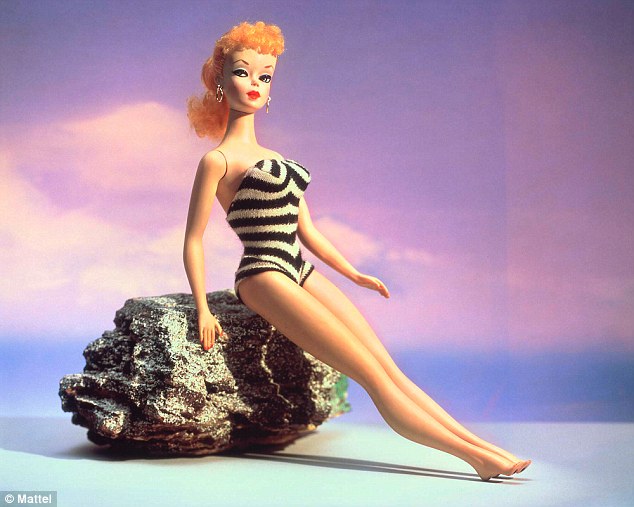
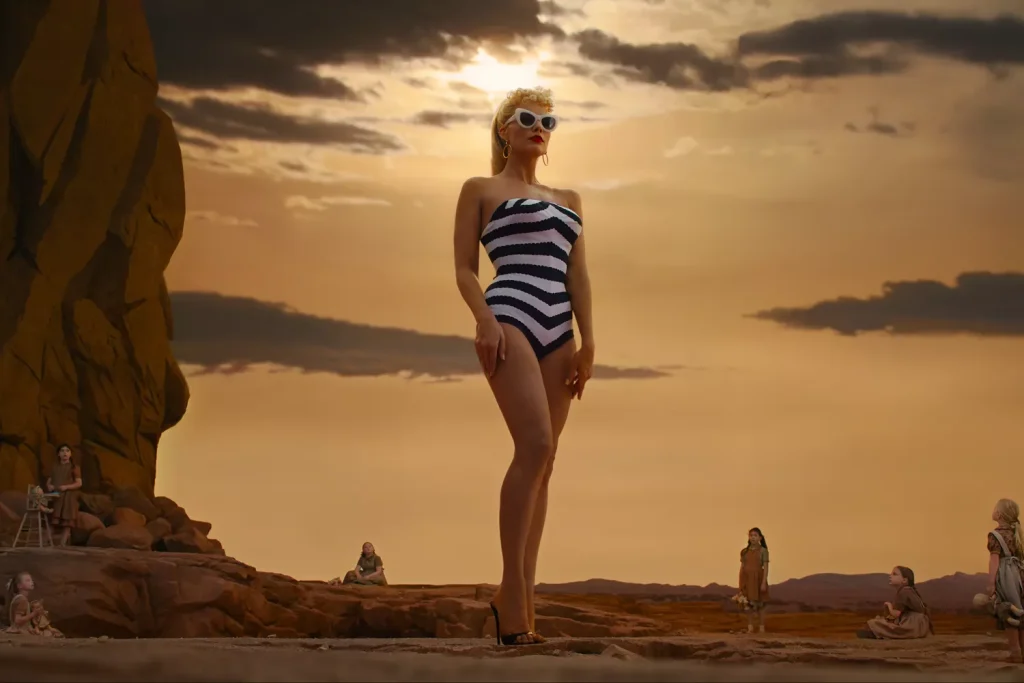
The 1960s: Barbie in this period reflected the fashion trends of the time, donning mini skirts, boots, and straight long hair. It also saw a plethora of accessories and accompanying products, ranging from furniture to toy horses and cars. She was frequently featured in various events such as TV programs, concerts, and fashion shows, providing children with an immersive experience of Barbie’s life and role-playing opportunities. In her various professions as a stewardess, astronaut, and motorcycle rider, she embodied the diversity and autonomy of women in the society of the time.
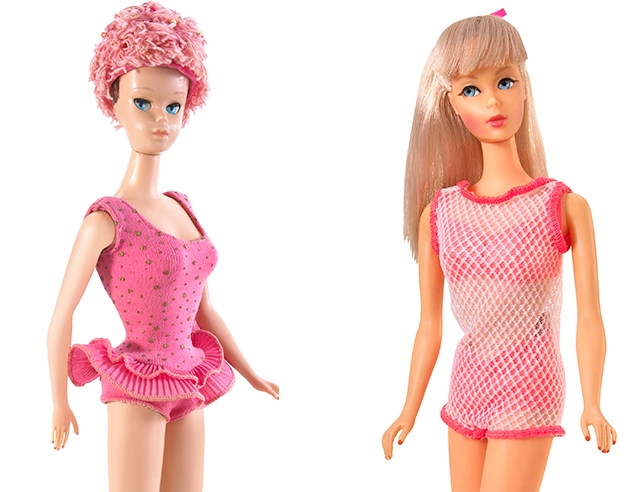
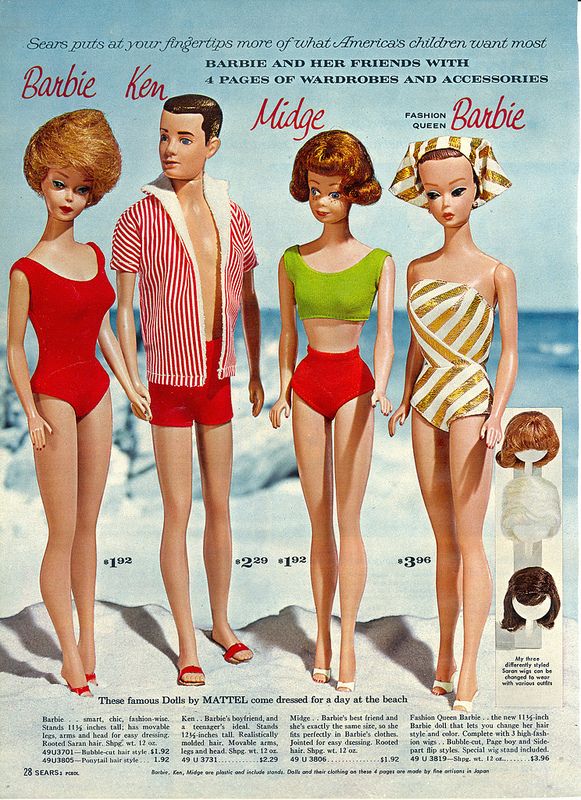
The 1970s: Barbie’s image continued to evolve with Mattel’s introduction of the first non-nude Barbie. Her hair became fuller and more diverse in style, while her toned muscles became more prominent. She also sported vibrant clothing, such as loose-fitting jeans, rainbow hues, and short skirts, reflecting the fashion trends of the time. New products were launched: makeup, jewellery, watches etc.. Her occupation expanded to various fields, such as firefighters, police officers, doctors, and lawyers, making her a more personalised character.
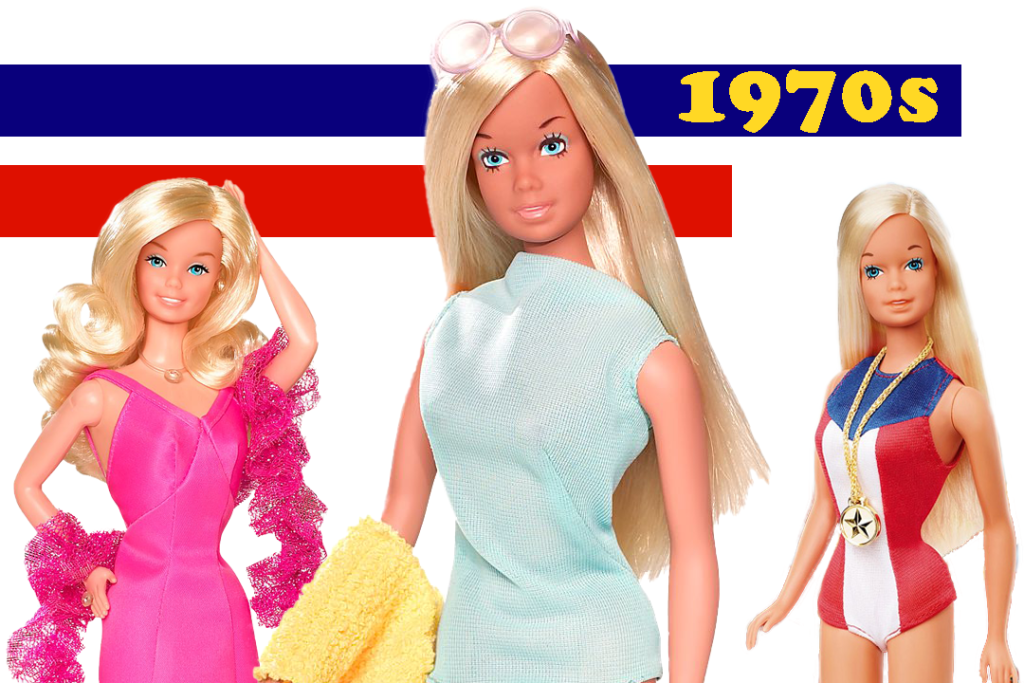
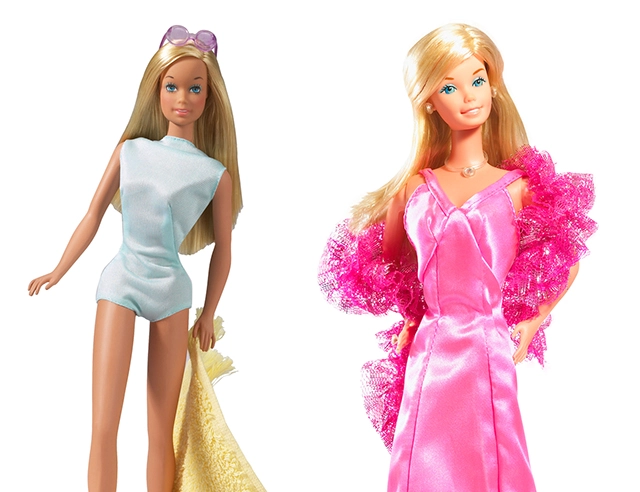
The 1980s: In the wake of the first Barbie doll with a non-white skin tone, Mattel designed her with a taller and more slender physique, and her makeup became more bold with vivid lipstick. Using the popular injection moulding technique of the time, her clothing was made with intricate patterns and detailed texture that enhanced her unique sense of style. BBarbie also became a popular character in cartoons and films, such as “Barbie and the Rockers” and “Barbie and the Sensations”.
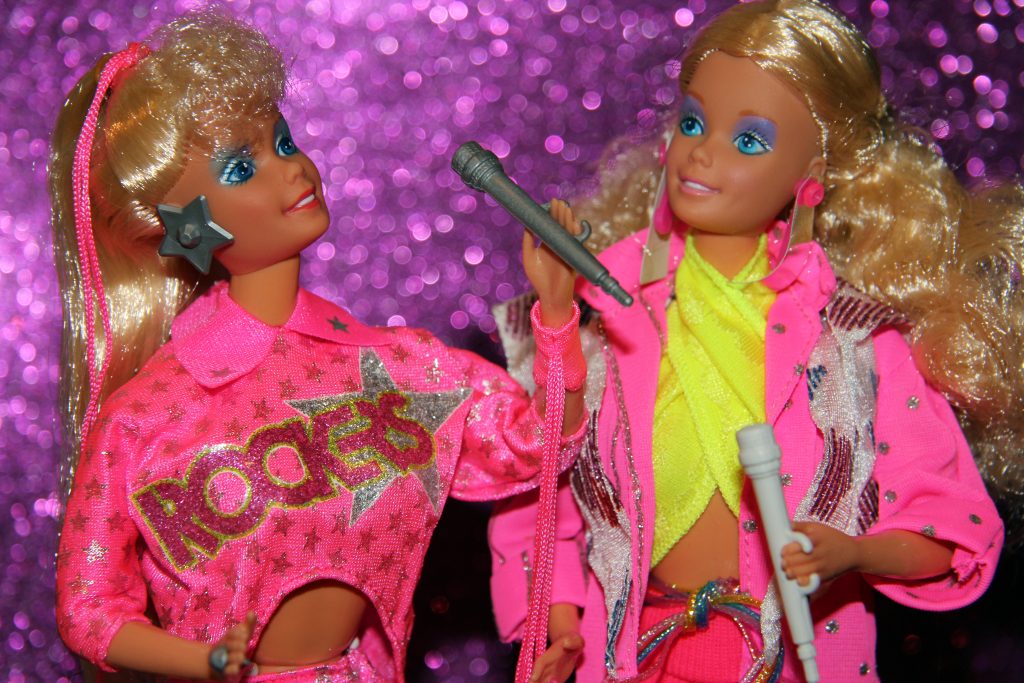
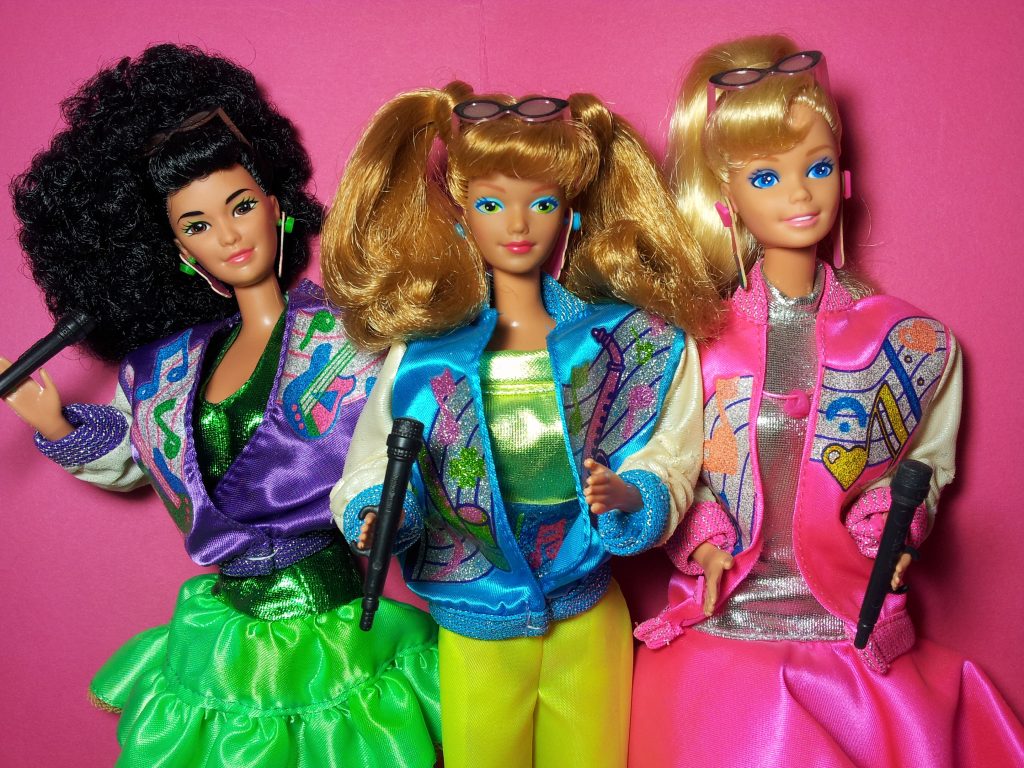
The 1990s: Barbie’s body shapes were adjusted to reflect the increasing awareness and appreciation for body diversity, with the introduction of tall, short, curvy, and petite sizes that better represented real women’s body proportions. Mattel even introduced the first Barbie with a disability. However, the launch of the “Teen Talk Barbie” toy in 1992, which included phrases like “Maths class is tough!”, faced criticism for perpetuating gender stereotypes and belittling women.
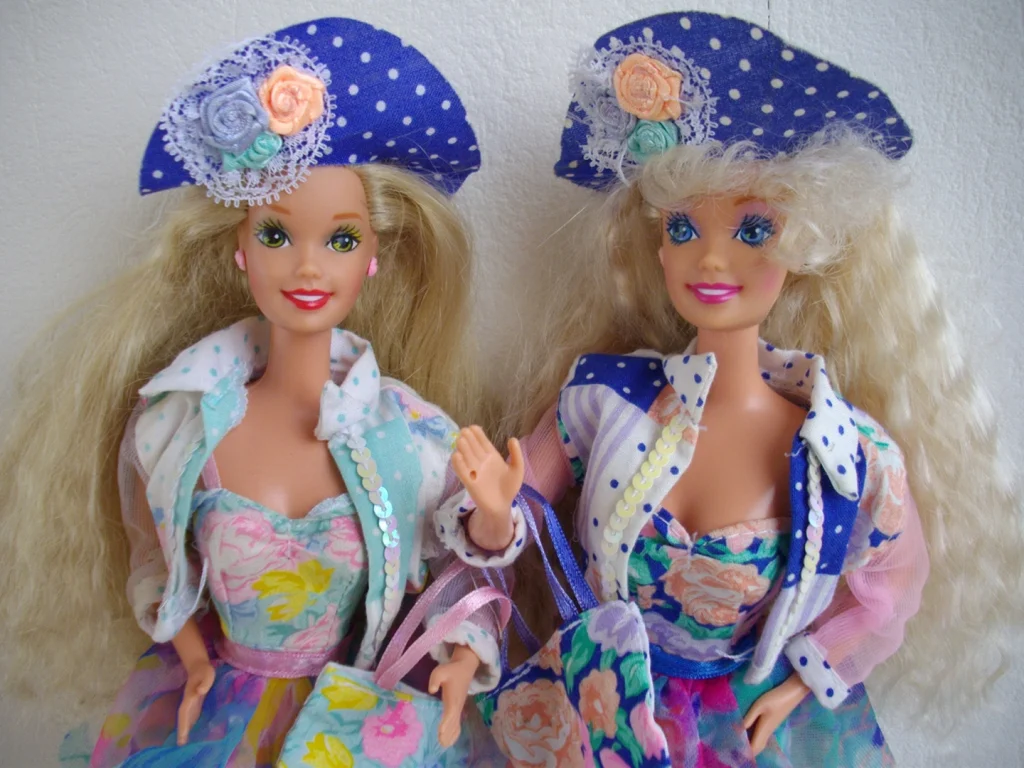
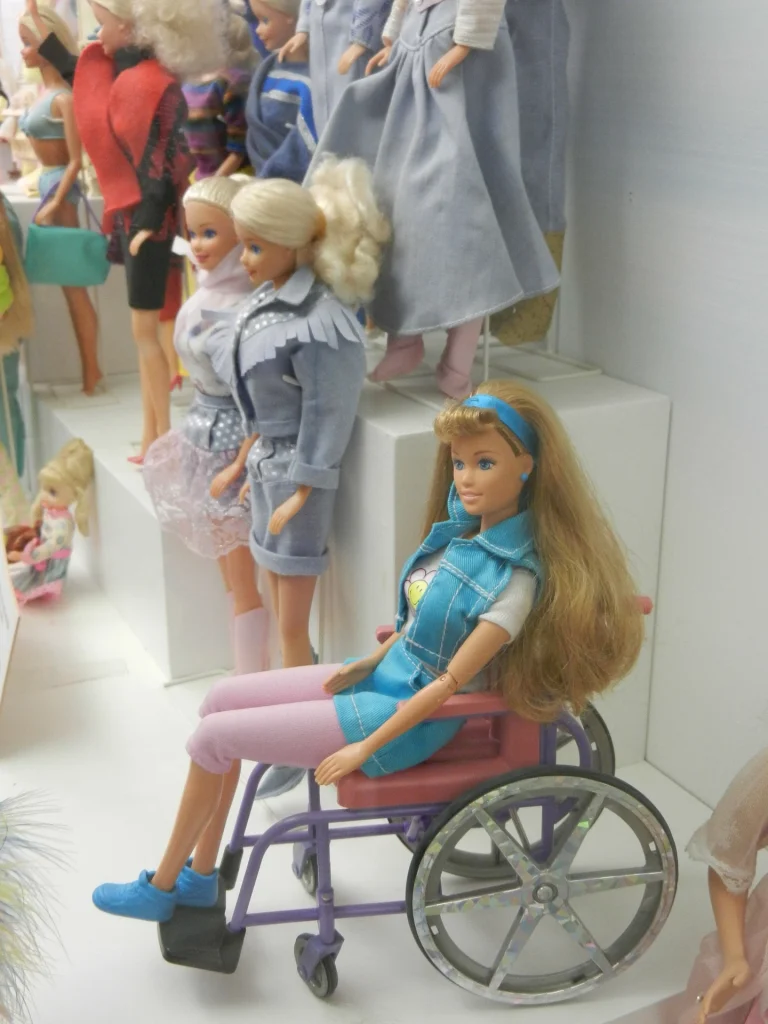
The 2000s to 2020s: Barbie’s image and occupations became more diverse. The brand released its first Muslim Barbie wearing a hijab, reflecting consumers’ desire for inclusivity, it also encouraged girls to pursue their dreams and careers. In addition to physical changes, Barbie has also become more environmentally conscious in recent years. For example, the “Barbie I Can Be… Ocean Treasure Explorer” series, launched in 2010, educates children about the importance of protecting marine life and the environment. Barbie also champions women’s rights, as seen in the “Shero” series introduced in 2018, which honours women who have achieved remarkable accomplishments and made a significant impact in various fields, showcasing the brand’s values.
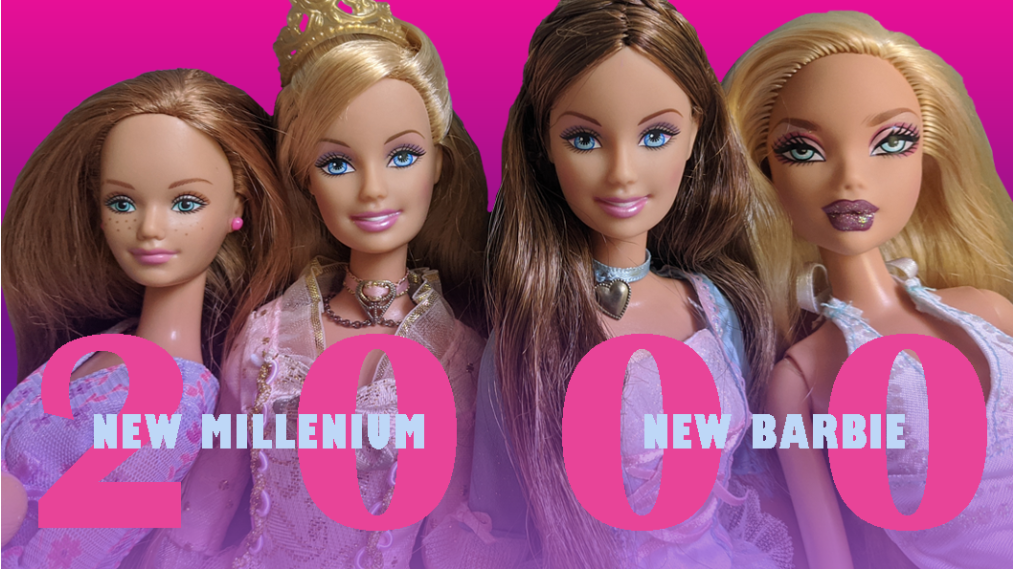
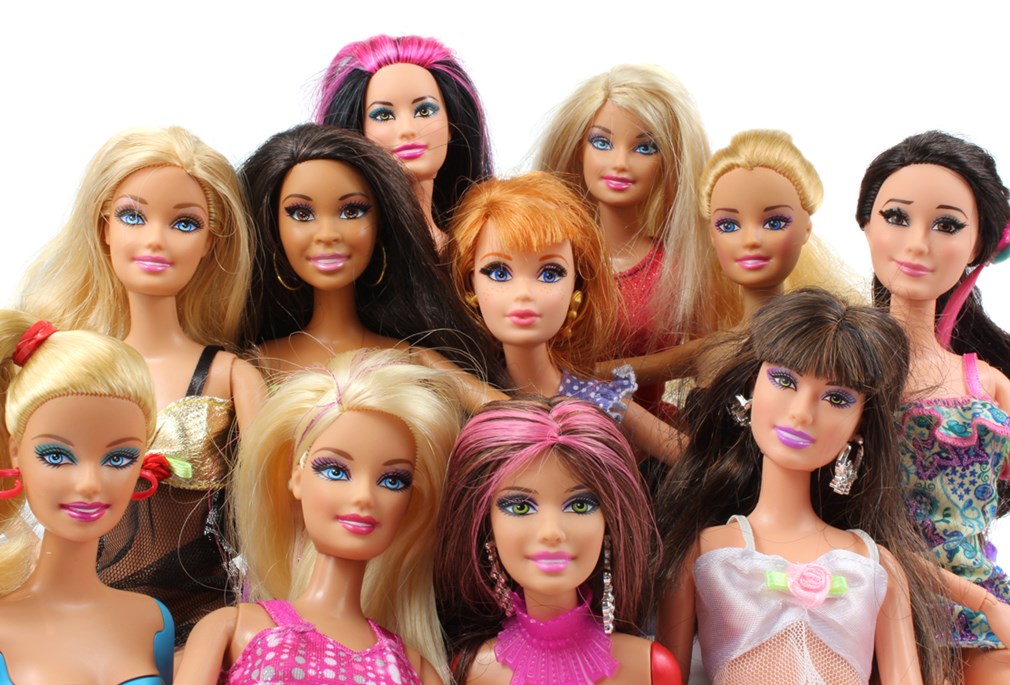
2023 Barbie with Down Syndrome: Recently, featuring design elements that reflect the characteristics of the syndrome such as a slightly flattened face and upward-slanting eyes. Mattel hopes that this Barbie will help promote understanding and acceptance of people with Down Syndrome among affected individuals and children, and foster broader recognition and respect for diversity and inclusion in society.
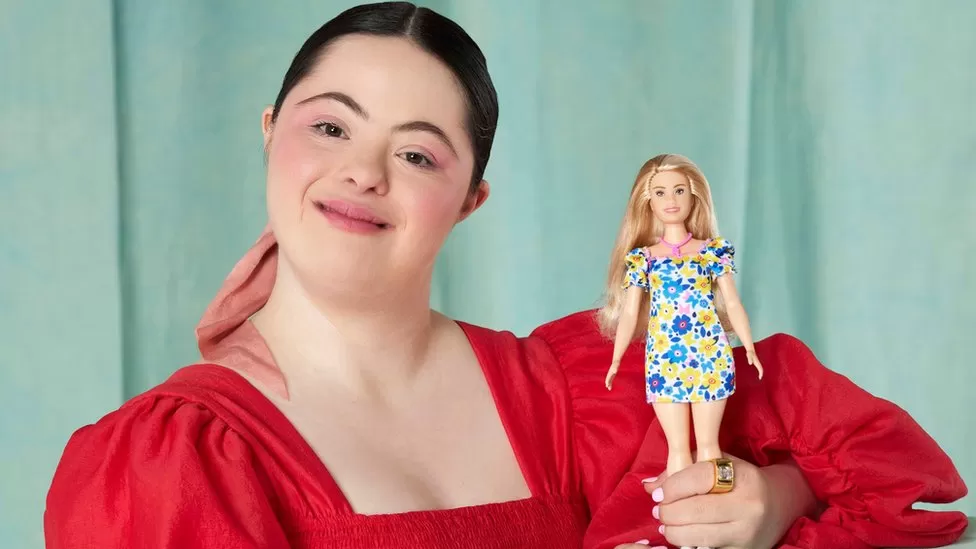
Does Barbie shape one generation’s beauty standard? Vice versa?
As of today, we love to take fashion cues from KOLs on their #OOTD, follow the season’s hottest makeup tutorials on YouTube, and immerse ourselves in brand promotions for the latest products. We’ll wear old clothes in new ways this season, only to switch to new clothes that look worn out tomorrow. Yet, once upon a time (or perhaps in the not-too-distant future), Barbie had a massive impact on the beauty standards for a generation of women.
Since her debut, she has been portrayed as a fashionable, beautiful, and successful figure, representing the ideals and aspirations of modern women. However, her body proportions and features have always been a controversial topic. Some argue that Barbie’s overly slender and unrealistic physique may have negative effects on girls’ body image, while others see her beauty and confidence as emblematic of modern women’s strength and self-assurance.
When it comes to the fashion craze that Barbie has sparked, we cannot forget #Barbiecore. The trend can be traced back to 2019, when fashion bloggers and pop culture KOLs shared their Barbie-inspired outfits and makeup on social media platforms such as Instagram and TikTok. These outfits typically feature brightly coloured clothes and accessories such as purple, pink, and red, often paired with romantic hairstyles and makeup. In a way, this style also offers a means for self-expression and nostalgic reminiscence.
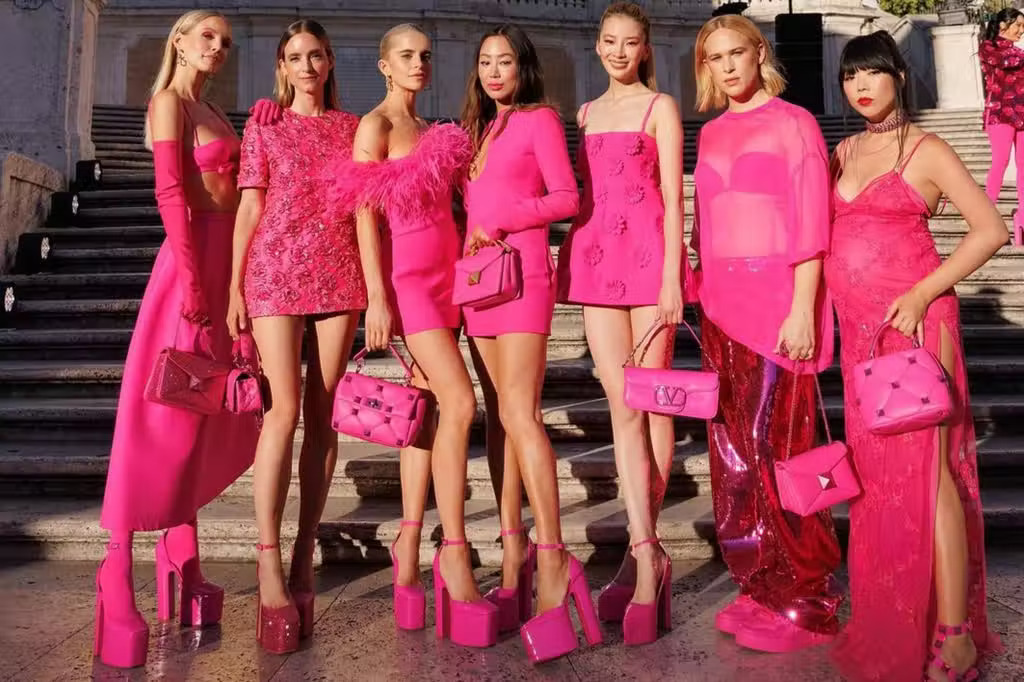
All children to see themselves in Barbie
Mattel
“Every child can see themselves in Barbie” – Mattel has revolutionised their marketing approach in recent years.The iconic doll’s appearance once represented solely the mainstream aesthetics, leaving many ordinary girls feeling excluded. However, in the wake of shifting times, Barbie’s beauty has blossomed into a transformative philosophy that believes in the acceptance, appreciation, and empowerment of every girl. With diverse products and films, Barbie embodies these values, asserting that true beauty lies not only in appearance but in inner qualities such as confidence, bravery, independence, intelligence, and compassion. Moreover, the brand is committed to diversity and inclusivity, recognizing the importance of race, body shape, and gender identity. This dynamic beauty philosophy is designed to encourage girls to embrace their talents and passions with vigour and approach challenges with unwavering self-assurance.
What kind of modern-day Barbie will Margot Robbie bring to life? Let’s wait and see.
Data source: BBC NEWS, Mattel, Evening Standard
Photo source: DailyMail, KSAT.com, VARIETY, People of Play, Pink Mules & Ponies@flickr, khengchan_@IG, Evening Standard, Barbie Official Trailer, The Culture Trip

